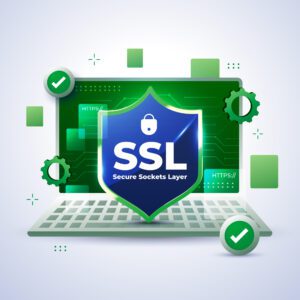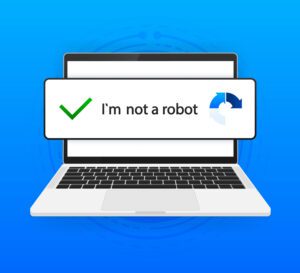Cyberbullying, online abuse, is a crime and one that is on the rise.
Hurting others it never okay. With the internet, and social media platforms, being so widely available, individuals and groups, both children and adults, have more opportunities to target others. It is easier to sit behind a screen and abuse others, than do it in person – and these online bullies think they’ll get away with it because they didn’t physically touch someone. They’re wrong!
There are strong laws in place to protect us from cyberbullying, and these laws are gaining strength as they evolve.
South Australian Police (SAPOL) advocate strongly for esafety, along with organisations such as the Carly Ryan Foundation and Kids Help Line.
Cyberbullying can take many forms including, but not limited to:
- Sending hurtful messages
- Sharing embarrassing photos and videos
- Leaving someone out online
- Spreading nasty rumours
- Creating fake accounts in someone else’s name
- Pretending to be someone you’re not, and tricking someone into believing it
These are just a few examples. It’s not a small problem, and not just one here in Australia either.
According to the eSafety Commissioner (2021), 44% of Australian young people report having a negative online experience in the last 6 months, this includes 15% who received threats or abuse online.
What can you do if you are being bullied online? Tell someone – parent or teacher (if you’re under 18). You can also change your settings and block who is contacting you. And to have content removed, report it to the platform it occurred on (e.g. Facebook).
If the situation escalates, SAPOL can investigate:
- Cyberbullying – serious harmful online communication to or about a child or young person under 18. This behaviour can include being mean online, sending hurtful messages, sharing embarrassing photos and creating fake accounts.
- Adult cyber abuse – Seriously harmful online communication to or about a person who is 18 or older. This content is menacing, harassing or offensive and intended to cause serious harm. It may include tech abuse, being cyber stalked, threatened online or being doxed (having private or identifying information published typically without consent and/or with malicious intent).
- Image based abuse – sharing or threatening to share nudes or intimate images or videos of a person without their consent – sometimes called ‘revenge porn’ or sexual extortion.
- Illegal or restricted content – content that shows or encourages the sexual abuse or exploitation of children, terrorist acts or other types of violent crimes or extreme violence.
Cyberbullying can have a wide range of affects on the victim involved, including difficulty sleeping, difficult concentrating, feeling physically sick, feeling alone and depressed, suicidal thoughts, loss of appetite, and many more. It is a serious problem.
This is not a problem that is going to go away and certainly cannot be ‘swept under the rug’. As we continuously become more accessible to others with
For more information, please visit eSafety.gov.au







